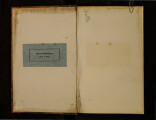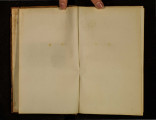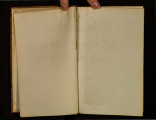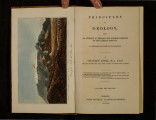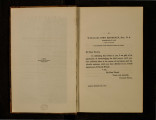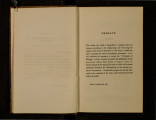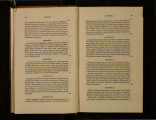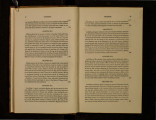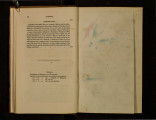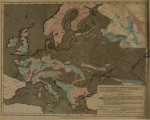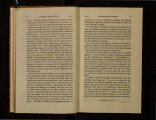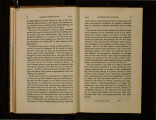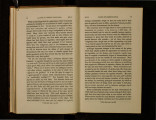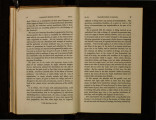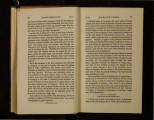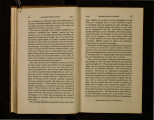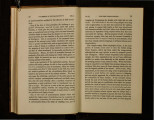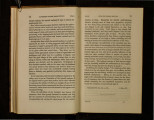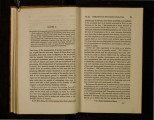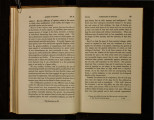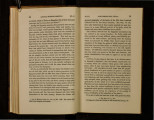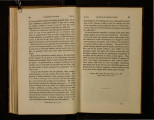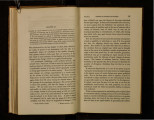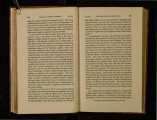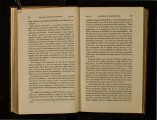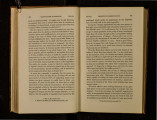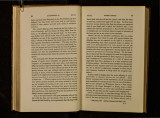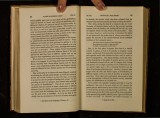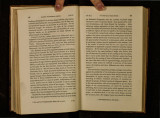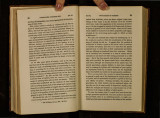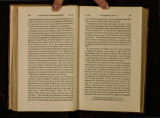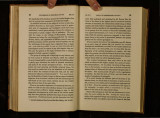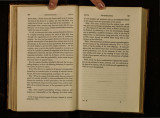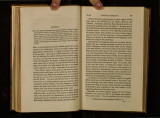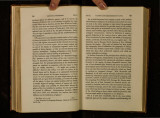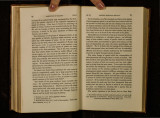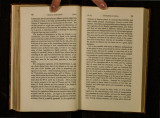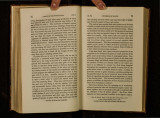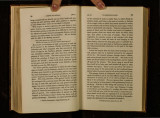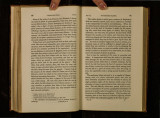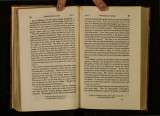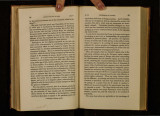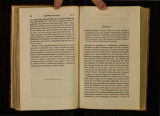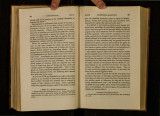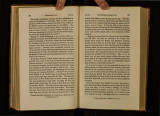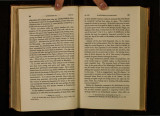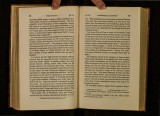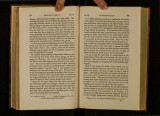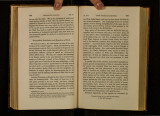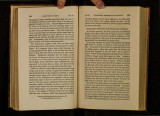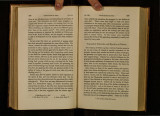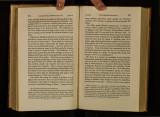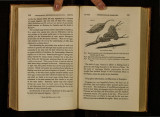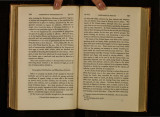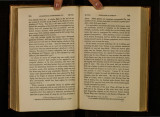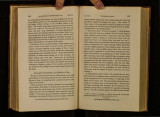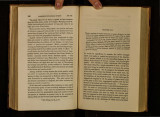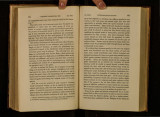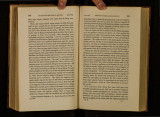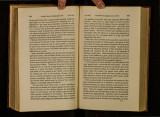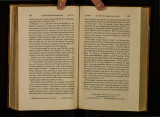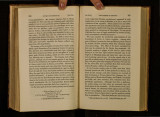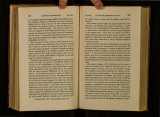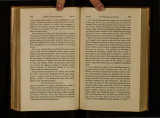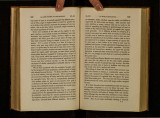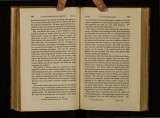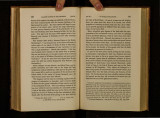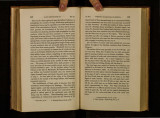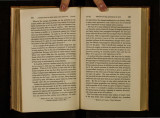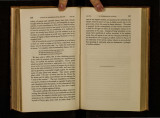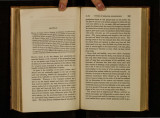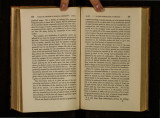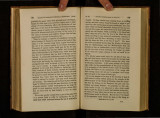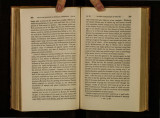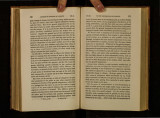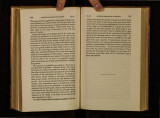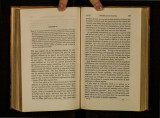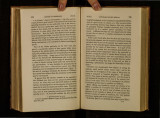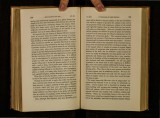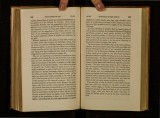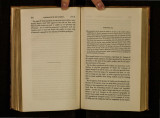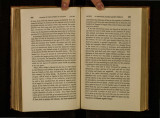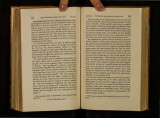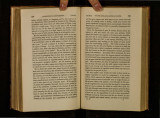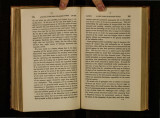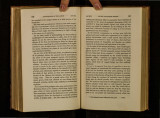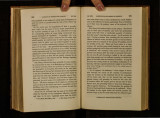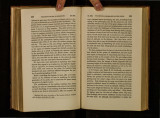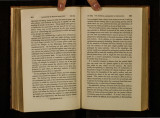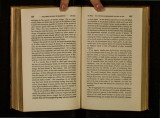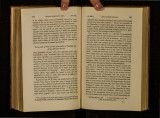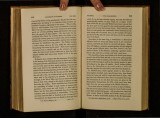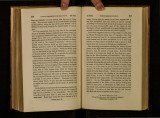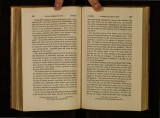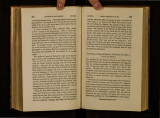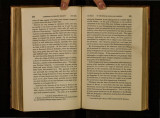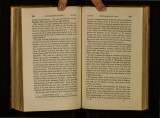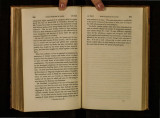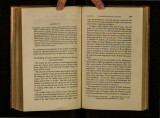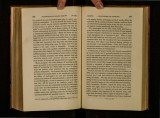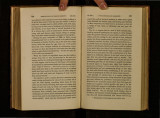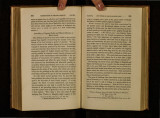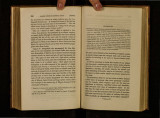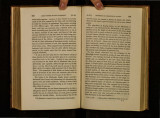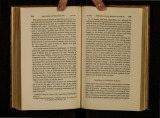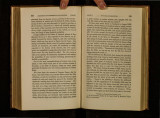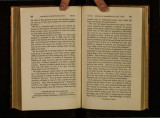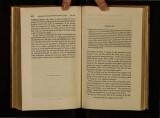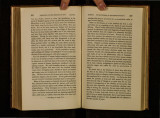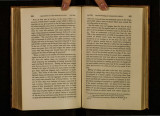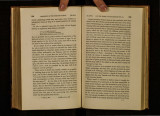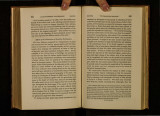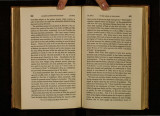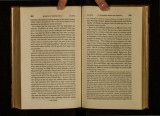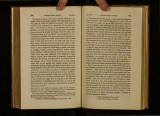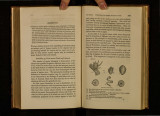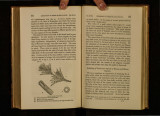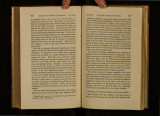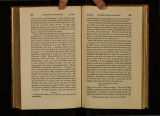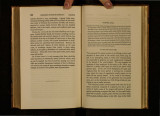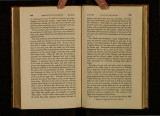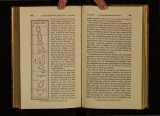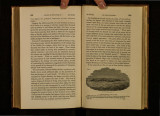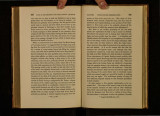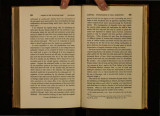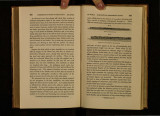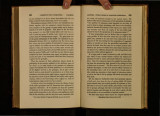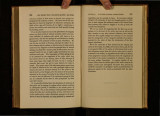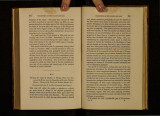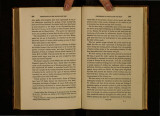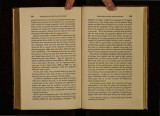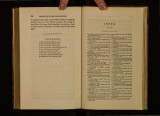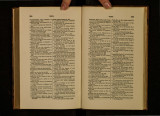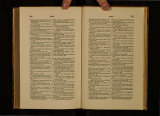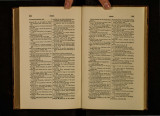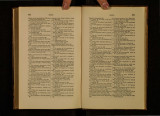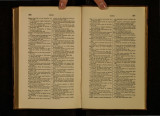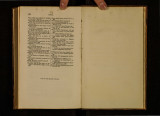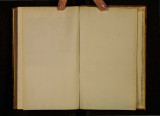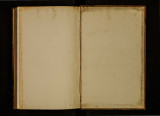| OCR Text |
Show viii CONTENTS. PAG'R plants-Experiments of Kolreuter-The same repeated by WiegmannVegetable hybrids prolific throughout several generations-Why so rare in a wild state-Decandolle's opinion respecting hybrid plants-The phenomena of hybrids confirms the doctrine of the permanent dibtinctness of speciesTheory of the gradation in the intelligence of animals as indicated by the facial angle-Discovery of Tieddemann that the brain of the footus in mam.· malia assumes successively tho form of the brain of a fish, reptile, and birdBearing of this discovery on the theory of progressive development and transmutation-Recapitulation 49 CHAPTER V. Laws which regulate the geographical distribution of species-Analogy of climate not attended with identity of species-Botanical geography-Stations -Habitations-Distinct provinces of indigenous plants-Vegetation of islands-Marine vegetation-In what manner plants become diffusedEffects of wind, rivers, marine currents-Agency of animals-Many seeds pass through the stomachs of animals and birds undigested-Agency of man in the dispersion of plants, both voluntary and involuntary-Its analogy to that of the inferior animals 66 CHAPTER VI. Geographical distribution of Auimals-Buffon on the specific distinctness of the quadrupeds of the old and new world-Different regions of indigenous mammalia-Quadrupeds in islands-Range of the Cetacea-Dissemination of quadrupeds-Their powet·s of swimming-Migratory instincts-Drifting of quadrupeds on ice-floes-On floating islands of drift-timber-Migrations of Cetacea-Habitations of Birds-Their migrations and facilities of diffusion -Distribution of Reptiles and their }lOwers of dissemination 87 CHAPTER VII. Geographical distl'ibution and migrations of fish-of testacea-Causes which limit the e"xtension of many species-Their mode of diffusion-Geographical range of zoophytes-Their powers of dissemination-Distribution of insects-Migratory instincts of some species-Cedain types characterize particular countries-Their means of dissemination-Geogt·aphical distribu· tion and diffusion of man-Speculations as to the birth-place of the human species-Progress of human population-Drifting of canoes to vast dis· tances-On the involuntary influence of man in extending the range of many other species , • • , • , • , 105 CHAPTER VIII. Theories respecting the original iutroduction of species--Proposal of an hypothesis on this subject-Supposed centres or foci of creation-Why the CONTENTS, ix PAG'& clistinct provinces of animals and plants have not become more blended together- Brocchi's speculations on the loss of species-Stations of plants an1l animals-Complication of causes on which they depend-Stations of plants, how . affect~d by animals-Equilibrium in the number of Species, how preserved-: Peculiar efficacy of insects in this task-Rapidity with which certain insects multiply, or decrease in numbers-Effect of omnivorous animals in preserving the equilibrium of species-Reciprocal influence of aquatic and terrestrial species on each other , ... 123 CHAPTER IX. The circumstances which constitute the Station1 of Animals are change· able-Extension of the range of one species alters the condition of othersSupposed efft.>cts which may have followed the first entrance of the Polar Bears into Iceland-The first appearance of a new species in a region causes the chief disturbance-Changes known to have resulted from the advance of human population-Whether man increases the productive powers of the earth-Indigenous Quadrupeds and Birds of Great Britain known to have been extirpated-Extinction of the Dodo-Rapid propagation of the domestic Quadrupeds over the American Continent-Power of exterminating species no prerogative of Man-Concluding Remarks 141 CHAPTER X. Influence of inorganic causes in changing the habitations of speciesPowers of diffusion indispensable, that each species may maintain its ground -How changes in the physical geography affect the flistribution of speciesRate of the change of species cannot be uniform, however regular the action of the inorganic causes-Illustration derived from subsidences by earthquakes -from the elevation of land by tl1e same-from the formation of new islands -from the weat·ing tht:ough of an isthmus-Each change in the physical geography of large regwns must occasion the extinction of species-Effects of a general alteration of climate on tho migration of species-Gradual refrigeration causes species in the northern and southern hemispheres to become distinct-Elevation of temperature the reverse-Effects in the distribution of species which must result from vicissitudes in climate inconsistent with the theory of transmutation , CHAPTER XI. Theory of the successive extinction of species consistent with their limited geo~aphical distribution-'.rhe discordance in the opinions of botanists respechng the centres from which plants have been diffused may arise from changes in physical geography subsequent to the origin of living species -:-Whether there are grounds for inferring that the loss from time to ttme of certain animals and plants is compensated by the introduction of 158 |



